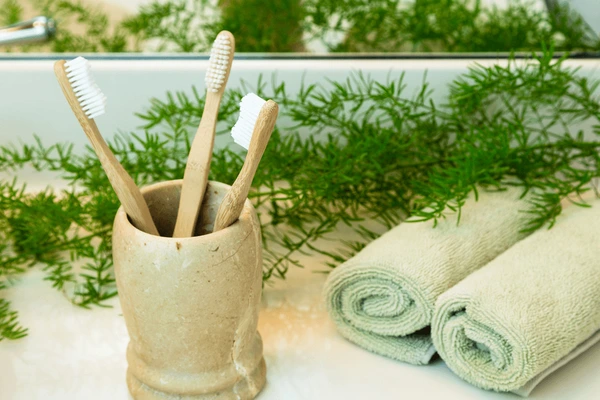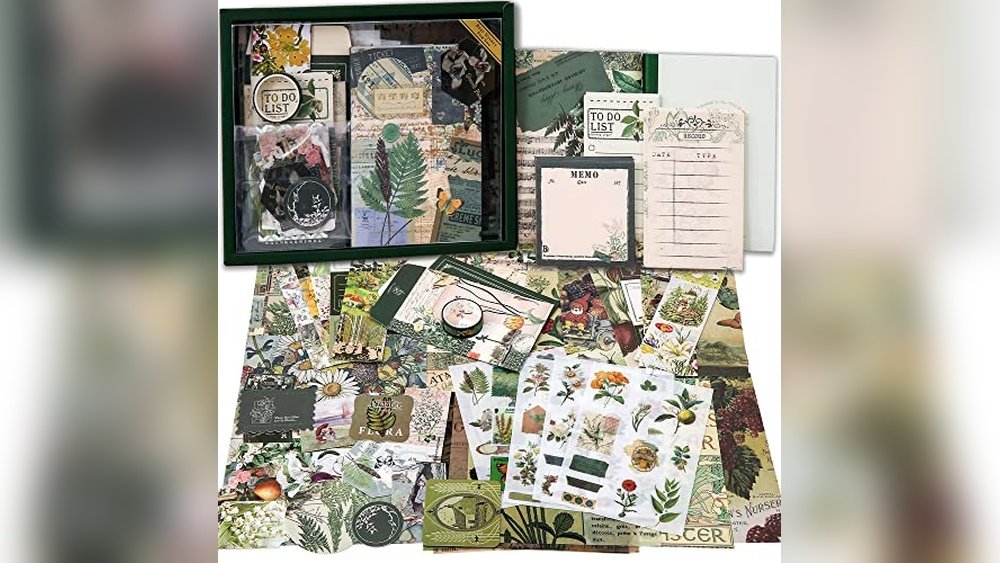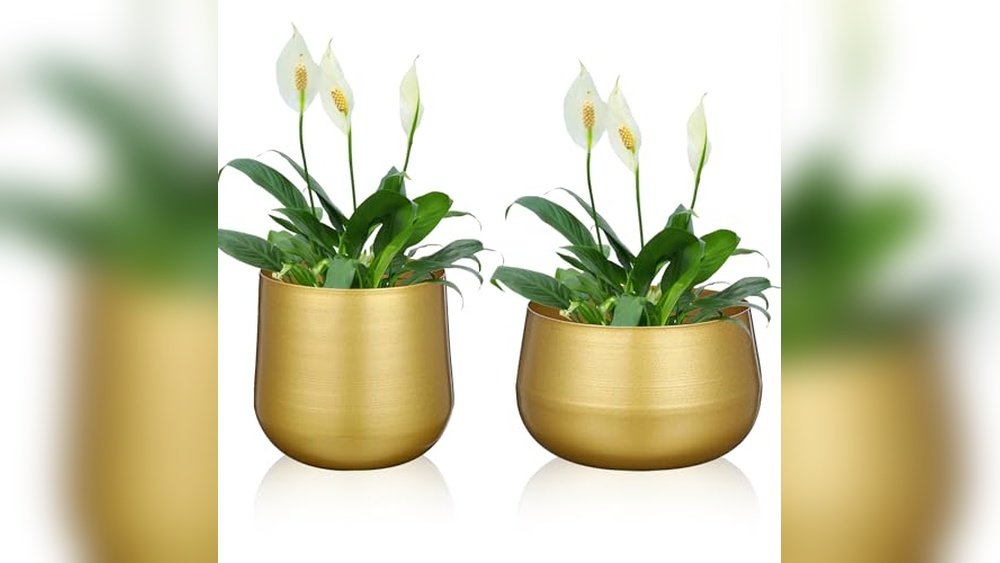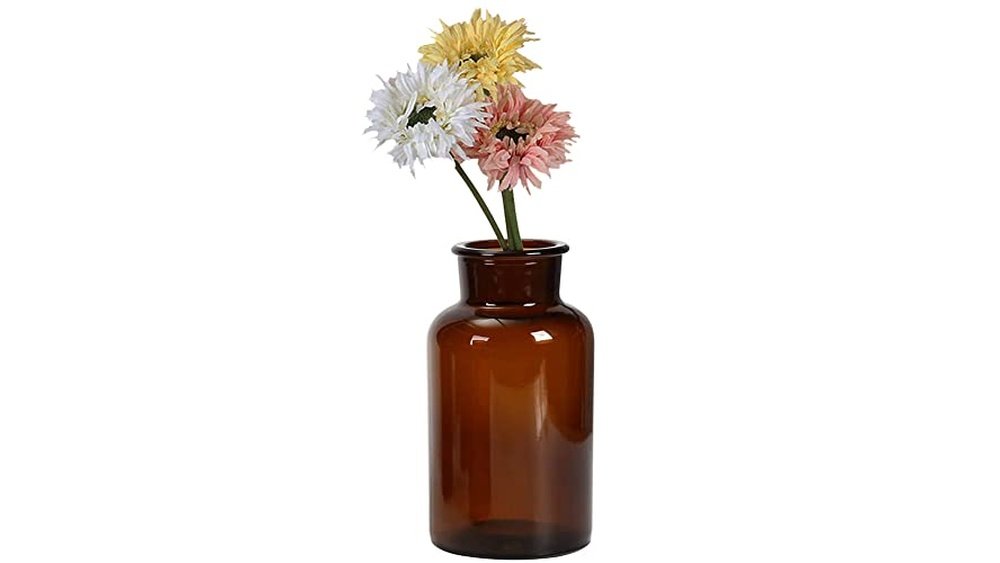Have you ever wondered how long your bamboo toothbrush really lasts? You want to make sure you’re getting the most out of your eco-friendly choice without risking your dental health.
Knowing the right time to replace your bamboo toothbrush can save you money and keep your smile fresh. You’ll discover exactly how long these natural brushes last and the signs you should watch for before making a switch. Keep reading to protect your teeth and the planet at the same time.
Bamboo Toothbrush Basics
Bamboo toothbrushes have grown popular as a greener choice. They offer a natural way to keep your teeth clean. Understanding their basics helps you see how long they last.
These brushes combine nature and hygiene. Their design supports both your health and the planet. Let’s explore what makes bamboo toothbrushes unique.
Materials Used
Bamboo toothbrush handles come from fast-growing bamboo plants. Bamboo is strong yet lightweight. The bristles usually come from nylon or plant-based fibers. Some brushes use charcoal-infused bristles to fight bacteria. The mix of materials affects durability and compostability.
Eco-friendly Benefits
Bamboo handles break down naturally. They reduce plastic waste in landfills and oceans. Bamboo grows quickly without pesticides or much water. This makes it a sustainable resource. Using bamboo brushes lowers your carbon footprint. They support a cleaner, healthier environment.
Factors Affecting Durability
Bamboo toothbrushes last different lengths of time. Several factors change how long they stay strong. Understanding these helps you get the best use from your brush. Knowing what affects durability lets you care for your toothbrush better.
Brush Quality
Higher-quality bamboo brushes usually last longer. Good quality means stronger bamboo and better bristles. Cheaper brushes may break or wear out fast. Check for smooth handles and firm bristles. This shows the brush will hold up well.
Frequency Of Use
Using your brush twice a day is normal. More frequent use wears out bristles faster. Bristles may bend or fall off over time. The handle can also weaken with heavy use. Use your brush gently to extend its life.
Storage Conditions
Store your bamboo brush in a dry place. Avoid closed containers that trap moisture. Let it stand upright so air can dry it. Poor storage causes mold or bamboo to soften. Good airflow keeps the brush fresh and strong.
Moisture Exposure
Too much water weakens bamboo handles. Constant dampness can cause cracks or splinters. Rinse the brush, then shake off extra water. Dry it fully between uses to keep it solid. Less moisture means longer-lasting bamboo brushes.
Average Lifespan Of Bamboo Toothbrushes
Bamboo toothbrushes offer a natural and eco-friendly alternative to plastic brushes. Understanding their average lifespan helps users plan replacements effectively. The life of a bamboo toothbrush depends on several factors like bristle wear and handle condition. Most people wonder how long these brushes stay effective before needing a new one.
Manufacturer Recommendations
Most bamboo toothbrush makers suggest replacing the brush every three months. This matches standard dental advice for all toothbrushes. The bristles lose strength and become less effective after about 90 days. Some brands offer guidance on cleaning and drying to extend the brush life. Still, changing brushes regularly keeps your mouth healthy and clean.
User Experiences
Many users report their bamboo toothbrushes last around two to four months. Some find handles can weaken sooner if exposed to water too long. Others mention bristles fraying after a few weeks, signaling replacement time. Proper care, like drying the brush after use, can help it last longer. Overall, users agree three months is a good rule for switch-outs.

Credit: bamwoo-bamboo.com
Signs To Replace Your Bamboo Toothbrush
Knowing when to replace your bamboo toothbrush is key to good oral health. Over time, toothbrushes lose their cleaning power. Using an old toothbrush can cause bacteria to build up. This can lead to bad breath and poor dental care. Watch for clear signs that it is time to get a new one. These signs help keep your teeth clean and your mouth fresh.
Bristle Wear
Check the bristles often. They start to bend or fray with use. Worn bristles cannot clean teeth well. They may miss plaque and food particles. Replace your toothbrush if the bristles look flat or spread out. This usually happens after three months of use.
Odor Development
A bad smell from your brush is a warning. Bamboo toothbrushes can absorb moisture and germs. This creates an unpleasant odor. If your toothbrush smells funny even after rinsing, it is time to change it. A fresh toothbrush helps keep your mouth clean and odor-free.
Handle Condition
Look at the bamboo handle for cracks or splinters. Water and toothpaste can wear it down over time. A damaged handle may hurt your hand or harbor bacteria. Replace your brush if the handle feels rough or broken. A sturdy handle makes brushing easier and safer.
Tips To Extend Toothbrush Life
Taking good care of your bamboo toothbrush helps it last longer. This saves money and reduces waste. Simple habits keep the bristles strong and the handle in good shape. Follow these tips to extend your toothbrush’s life.
Proper Cleaning
Rinse the toothbrush well after each use. Remove toothpaste and debris from the bristles. Avoid leaving toothpaste residue on the handle. Clean bristles dry faster and stay fresher. Use water only; no soap needed.
Dry Storage
Store the toothbrush in a dry place. Avoid keeping it in a closed container. Air circulation helps prevent mold and bacteria. Keep it standing upright to let water drip away. Avoid damp or humid areas like closed drawers.
Avoiding Damage
Do not chew or bite the bristles. Avoid dropping the toothbrush on hard surfaces. Handle it gently to prevent cracking the bamboo. Keep away from strong heat or direct sunlight. These can weaken and warp the handle.
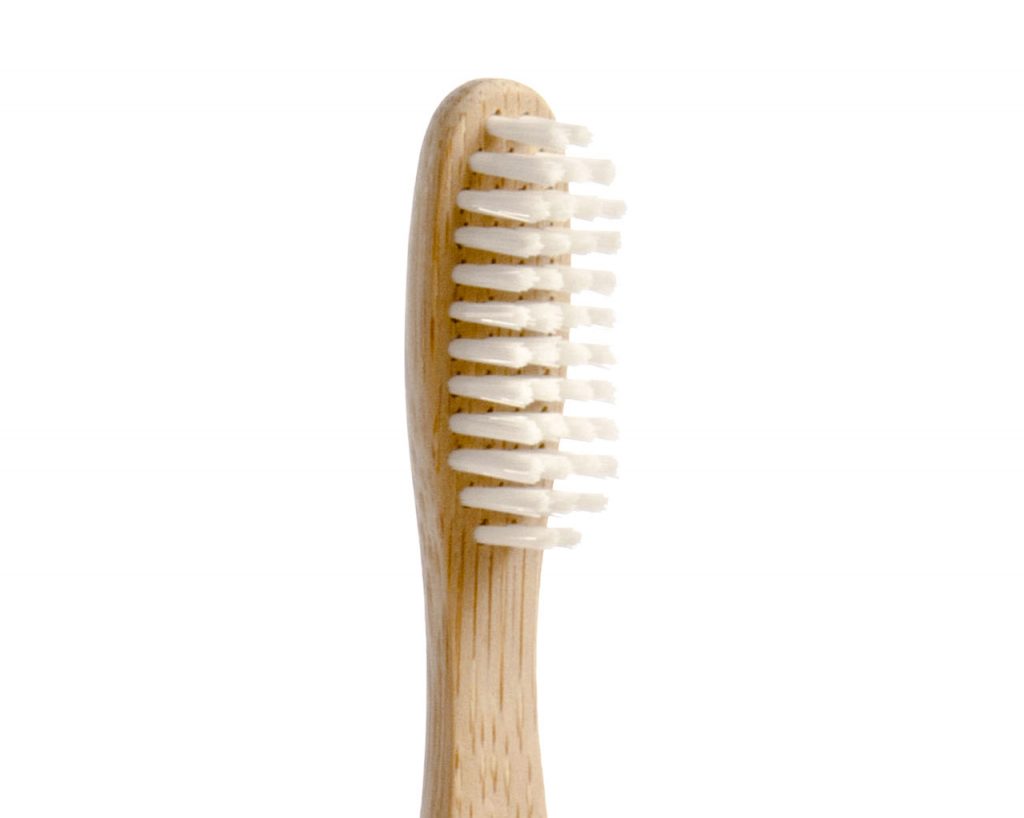
Credit: www.brushwithbamboo.com
Comparing Bamboo To Plastic Toothbrushes
Bamboo and plastic toothbrushes are popular choices for daily oral care. Both serve the same basic purpose. Yet, they differ in many important ways. Understanding these differences helps you pick the best option for your needs.
One key difference is how long each lasts. Another is their effect on the environment. These factors matter to many people today. Let’s explore these differences in detail.
Durability Differences
Plastic toothbrushes usually last about three months. They resist water and do not break easily. Bamboo toothbrushes also last close to three months. But they can wear down faster if not kept dry. Bamboo handles may crack in moist places. Bristles on both types wear out with use. Proper care helps extend the life of bamboo brushes. Still, plastic often feels stronger and more durable.
Environmental Impact
Bamboo toothbrushes break down naturally after disposal. They are biodegradable and compostable. This reduces waste in landfills. Plastic toothbrushes take hundreds of years to decompose. They add to pollution and harm wildlife. Producing plastic requires fossil fuels. Bamboo grows quickly and uses less energy. Choosing bamboo lowers your carbon footprint. It supports a cleaner planet for future generations.
Disposal And Composting
Disposing of bamboo toothbrushes properly helps reduce waste. Bamboo handles and bristles need different care for disposal. Composting and recycling can extend their life cycle.
Breaking Down Bamboo Handles
Bamboo handles are biodegradable. They break down naturally in compost. Cut the handle into small pieces. This speeds up decomposition.
Place bamboo pieces in a compost bin or pile. Keep the compost moist and aerated. Within a few months, the bamboo turns into rich soil.
Recycling Bristles
Bristles are usually made from nylon or other plastics. These materials do not break down in compost. Remove the bristles before disposal.
Collect bristles in a small container. Check local recycling programs for plastic type acceptance. Some programs recycle nylon bristles properly.
If recycling is not an option, throw bristles in regular trash. This prevents contamination of compost or recycling bins.

Credit: seekbamboo.com
Frequently Asked Questions
How Long Do Bamboo Toothbrushes Typically Last?
Bamboo toothbrushes usually last about 3 to 4 months. This matches the recommended toothbrush replacement timeline for hygiene and effectiveness.
Can Moisture Affect Bamboo Toothbrush Lifespan?
Yes, excess moisture can shorten bamboo toothbrush life. Keep it dry to prevent mold and maintain bristle integrity.
How To Know When To Replace A Bamboo Toothbrush?
Replace your bamboo toothbrush when bristles fray or soften. Worn bristles reduce cleaning effectiveness and oral hygiene quality.
Are Bamboo Toothbrushes Biodegradable After Use?
Yes, bamboo handles are biodegradable and eco-friendly. Proper disposal reduces plastic waste and supports environmental sustainability.
Conclusion
Bamboo toothbrushes usually last about three months. Their bristles wear out with daily use. Replace your brush to keep teeth clean and healthy. Storing it in a dry place helps it last longer. Natural bamboo handles break down faster than plastic ones.
This makes them better for the environment. Choosing bamboo toothbrushes supports a greener lifestyle. Small changes like this can make a big difference. Keep track of when you start using a new brush. That way, you know when to get a fresh one.
Simple care helps your bamboo toothbrush work well for months.
